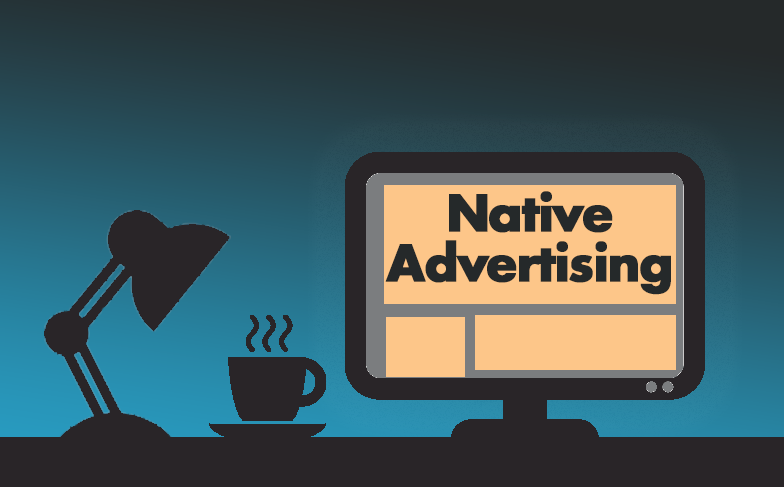
The much debated solution to the publishers “problem” with the escalating adoption of ad blocking software may have inadvertently been given in response to a question on the importance of native advertising to mobile monetization.
Earlier this week Taboola’s CEO Adam Singolda told Business Insider he believes we’re heading toward a world where publishers have zero standardized ad formats; a world where publishers are instead monetizing their sites through customized and native-based experiences. He suggests this is driven by the dual realities that (a) consumers are showing higher engagement with native formats, and that (b) this brings greater value to advertisers.
This absolutely makes sense.
From a publishers perspective this is nothing but good news. Ad placements that achieve better engagement with consumers, and thereby greater results for advertisers, have got to be a good thing. So when the converse is true – when ads aren’t engaging audiences and are delivering less than impressive results for advertisers – why aren’t they being phased out?
Everyone knows that the central role that display once held in media buys has long passed its halcyon days. So why aren’t publishers dancing a jig of joy when consumers are giving them the answer to the ad blocking problem by (a) adopting ad blockers en masse whilst (b) engaging with native placements and sponsored content in much the same way they are editorial content?
By and large consumers like you and I are aware of the unspoken contract we have between the publishers and ourselves: we have to put up with ads in return for free content. We’ve all been well trained to expect there to be some advertising within the content, but what we’re looking for – and conversely looking away from – are ads that aren’t so “addy”, obvious and irrelevant.
Even with the abovementioned “collective”’ agreement in place there remains a need for content and ad innovation that serves the consumer, the publisher and the advertiser. Websites go the way of MySpace pretty quickly if their content doesn’t make the grade, no amount of rebranding or superficial tweaking will save a site that doesn’t offer consumers a compelling reason to return. So why aren’t publishers accepting the dual truths they know to be true about the ads they have littered throughout their websites – that consumers are blind to standard display, and that native formats are more effective – and taking more proactive action right now?
Ad blocking isn’t going to magically disappear, quite the opposite. In the U.S. it’s expected that ad-blocking technology use will more than double in the next five years, with CNBC reporting that ad blocking could cost digital publishers over $27 billion by 2020. And it’s no wonder why. Consumers are tired of being tracked online. They’re tired of intrusive, ugly, auto-play ads. The CTR’s and ROI from campaign after campaign are testament to this. The emergence of new browsers like Opera that come with built in ad blocking software are a response to this.
Yet even as consumers turn away from standard display their behaviors with regards native content placements suggest a mutually beneficial path forward. Earlier this year HubSpot found that there is a clear preference for native advertising amongst digital consumers, while ads that interrupt (pop ups, auto-playing videos, etc.) are the lowest rated. BuzzFeed, Wall Street Journal, New York Times, and the Guardian have all likewise recognized the looming demise of standard display and intrusive ad experiences and invested significant amounts of time, money and reputation into developing engaging native formats and sponsored content solutions that keep all parties happy.
Let’s tell it like it is: algorithmically propagated content appearing on a page that is semantically relevant to the editorial content on a page has to be significantly more commercially effective than an ad that’s sold in one millionth of a second to the highest bidder.
Another way of saying this is that it will be the publishers who deliver advertising funded content that delivers real value to consumers for the time they take to consume it – content (or ad placements) that sits seamlessly within the sites editorial content – are going to have a distinct advantage over those who deploy more and more interruptive ad units in the hope of screwing one last lousy dime out of an irrelevant format at the expense of their audience.
Last week I had the pleasure of chatting with Nicki Kenyon, Vice President Digital & Marketing Transformation APAC at Visa. During our chat Nicki mentioned an idea that I think could guide the shift in the type of advertising placement’s on publishers sites in years to come. She said:
“When you can target a consumer knowing something about them, their life stage, their interests and behaviors, and present something to them which is relevant, it starts making advertising interesting and welcome.”
Imagine that. Making advertising interesting and welcome, surfacing ad sponsored “content” to a consumer in a targeted environment when you have their attention. Or, in wider commercial terms: building a commercial model around relevant content and non-intrusive ad placements that give consumers what they came to your site for – a fair exchange of value in return for time spent.
Ad blocking is certainly a worthwhile talking point at present, but not because the debate is about how to shift consumer behavior away from ad blocking. Rather, the debate has merit because it could (and should) teach us to embrace consumer behavior and recognize and respond to the lessons underpinning it in order to remain commercially viable in years to come.